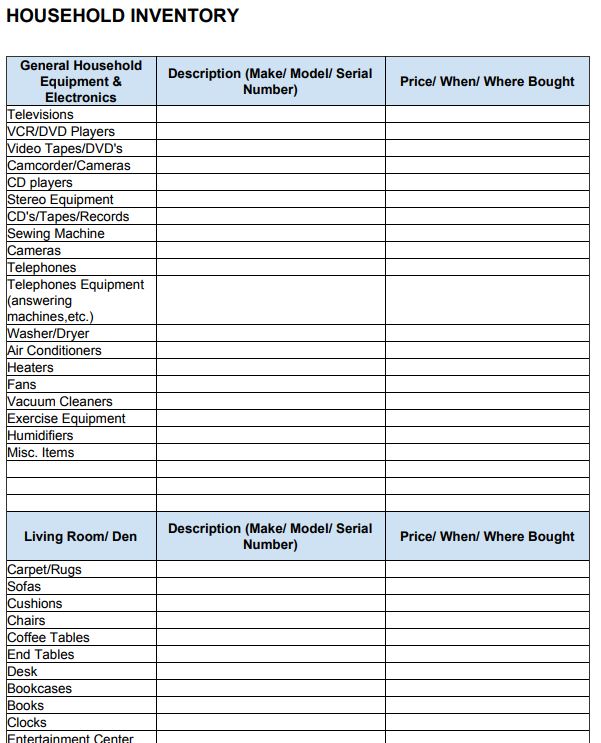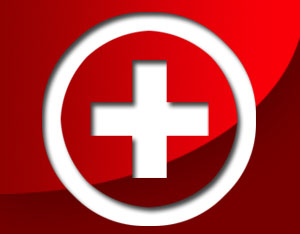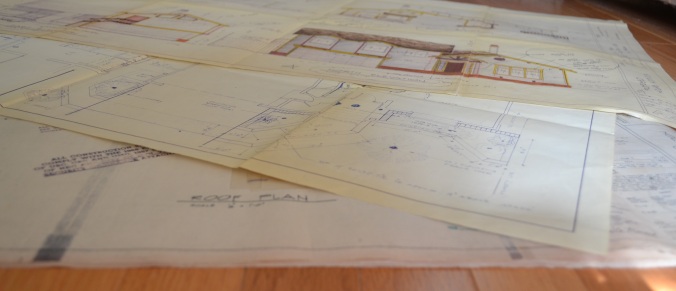10.31.2017
0600
Note: I created 5 downloadable documents in this post, feel free to download.

Sonoma County, California Wildfires Force Evacuations Near San Francisco, Image of NBC News, http://www.nbcnews.com
The Northern California Wildfires that recently occurred left a devastating amount of damage. More than 160,000 acres—or 250 square miles—have burned in Sonoma, Napa, and Solano counties, just north of San Francisco. Another 36,000 acres have burned farther north in Mendocino county. The fires are still not 100 percent contained. About 8,400 structures have been destroyed, according to Cal Fire, the state’s wildfire-fighting agency. The California insurance commissioner reported that about 5,500 homes were completely destroyed, with an additional 4,000 partially burned. Santa Rosa alone lost 3,000 homes to the fast-spreading Tubbs fire.
At the peak of this catastrophe, 11,000 firefighters across the state—including 3,800 inmate volunteers from the California Department of Corrections and Rehabilitation—battled the flames. Firefighters would work anywhere from 24 to 80 straight hours, dousing active fires and chopping down trees and brush to prevent their spread. About 4,300 still remain on the front lines as of 10/25/2017.
The devastation from those fires echoed across the state. A lot of residents, business owners lost everything. The fires burned so hot that the foundations of these homes were the only structural elements that survived. It also made me wonder if I was truly prepared for a disaster like this to strike in my own neighborhood. I decided to assemble the disaster evacuation checklists for anyone to download, for such a catastrophic event like these wildfires.
For additional resources, The National Council for Aging Care is an organization that raises awareness to educate their readers about the unique factors seniors and their caretakers need to take into consideration when preparing for natural disasters. Please check out Disaster Preparedness: A Complete Guide For Seniors, for more information.

Aerial view of a Santa Rosa neighborhood, after the wildfires settled. Image from http://www.CBS.com
Now, most people know that you should have Emergency Kits in your home. In California, our most well known natural disaster are earthquakes. If you grew up in California, you would have practiced earthquake drills at school or at home or were simply reminded what to do during an earthquake each year via public service announcements. However, it seems that there is little talk about evacuation disasters, where you have to leave everything behind, to save your life, your family’s lives, in order to survive. There’s a chance you may be alerted to prepare to evacuate, and sometimes you will not get that chance and have minutes to get out of your residence. This is a comprehensive post and I hope it can help someone out there.
Before Disaster Strikes
So before any evacuation disaster strikes, there’s a lot that needs to be done. Take your time, be patient and go through these steps carefully. Since it’s a very detailed process to go through, keep pushing forward and by the end of it all, you’ll feel more prepared for the worst case disaster scenario.
Scanning and Photographing
- Transfer all home videos you’d like to keep into a digital file. You can save these on an external hard drive, in your cloud, or both. If you want a simpler solution, transfer all VHS format videos to DVD format so they will be salvageable later on.
- Scan or photograph all photos you would like to keep, and organize them. Save on an external hard drive, cloud or both
- Scan or photograph all personal legal documents per person
- Diplomas
- Birth Certificate
- Social Security Card
- Immunization Record
- Health insurance card
- Medical Record & current prescriptions
- Car Titles
- Passport
- Take photos of all cards (front and back). I usually organize mine (face up) on a sheet of paper, then I flip the cards over to take pictures of the back of the cards. You can group 8 cards together on a single sheet of paper or take pictures of them individually. I tend to group cards into three categories.
- Membership cards (these cards will not likely change)
- Legal and important cards
- Cards in my wallet (these cards will likely change due to the expiration dates, so you can group these together and retake the picture as needed)
Create a Home Inventory of all of your belongings

In the event of a fire or other disaster, would you be able to remember all your possessions? Having an up-to-date home inventory will help you get your insurance claim settled faster, verify losses for your income tax return and help you purchase the correct amount of insurance.
I thought I’d tell you how I approached my home inventory list. This Home Inventory project was also the perfect opportunity to declutter and clean up. It’s a lot easier to do this project when your drawers are cleaned up and organized. Since I was going through this project room by room, I first inventoried my first room and subsequently used that first room to store all of the items I planned to donate or not keep. I needed these items out of the way and I also planned on moving these items to my car, when I made the walk through video.
- Download a copy of the Household Inventory Checklist
- I like to take a picture of each wall of each room, then open up and examine each furniture piece on each wall. I then examine all of the items within each furniture piece. I always inventory items Left –>Right and Top–>Bottom.
- You can also do a walk through video to give an overall view of your possessions.
Checklists

The American Red Cross Mile High Chapter put together a very useful American Red Cross_Emergency Preparedness Checklist (Edited) in which, they listed out Who you should contact for information regarding the emergency, Creating an emergency plan, Preparing a Disaster Supplies Kit, Emergency contacts and physician contact numbers, Floor plan evacuation sheets, Home hazard awareness and an Emergency Kit for your car. I actually edited this PDF to accommodate two contacts per category, so that you could include a back up contact. I placed a few symbols for reference to be used on the Floor Plan sheets like these below. The other items on the list are easily identifiable, so I didn’t include symbols for those, but you can add those in.

Create an Emergency Go Bag Checklist per member in the household. I combined an Emergency Kit and a Go Bag Checklist to create this Emergency Go Bag Checklist. This bag will have legal paperwork, pertaining to your health, home and finances. It’ll include some electronics and emergency items. Depending on what you take for sentimental items and valuable jewelry, this bag may become bulky and heavy. The bulkiest items on this checklist is clothes, food and water. I keep these bulk items outside of the Emergency Go Bag, so I know to grab those items on the way out. If you have to evacuate quickly, you may have to leave some of the bulk items behind. I would try to grab some water and food though. The highlighted rows are documents, so these should take up little space, or at least be able to lay flat.
If you want extra safe keeping, I created a Keep Away From Home Checklist so that certain legal documents can be kept in a separate safe location. If you choose to not have a separate location to keep these documents, this checklist will be combined with your Emergency Go Bag documents.
During an evacuation, there is very little time to organize what to do and where to go. In these stressful situations, saving yourself and your family is the primary focus. I put together another checklist of what to do Before, During and After An Evacuation Checklists. Keep this list along with your other checklists. These checklists will only be used upon evacuation. If you have already scanned and photographed your legal documents, you’ve already done half of the work. The other half of preparing for such a disaster is completing the home inventory.

Ideally, the Emergency Go Bag will be light and easy to evacuate with. Because majority of the items listed on all three lists are documents, these items should be able to transport easily. Once you record these documents into digital files, you can back these digital documents up with cloud storage or with an external hard drive. I do both to cover my tracks.
I really wanted to make these checklists because I never realized how much goes into being prepared to evacuate. Even putting these documents together was a lot of work. If you declutter as you go, the work will be less. When you list out your room inventory, just go room by room so that you don’t feel overwhelmed. You’re literally going through every single item you own, so go at a comfortable pace. Set goals for each part of the project so at least you complete this project in sections. At the end of the day, stuff is really just stuff. Your life and your loves ones are priceless. I hope this post helps organize your home and help you become more prepared for disaster evacuations. Stay safe out there!

wonderful put up, very informative. I wonder why the other experts of this sector do not realize this. You should continue your writing. I’m sure, you have a huge readers’ base already!
LikeLike
Hmm it appears like your website ate my first comment (it was super long) so I guess I’ll just sum it up what I had written and say, I’m thoroughly enjoying your blog. I too am an aspiring blog writer but I’m still new to the whole thing. Do you have any tips and hints for rookie blog writers? I’d genuinely appreciate it.
LikeLike
Thank you 🙏
LikeLiked by 1 person
Thank you for your kind comment. I used the American Red Cross Checklist to include my emergency contacts. I really liked their floor plan documents so I wanted to include it in my blog post. Your contacts list is still a very good idea though, we should all have an emergency contact lists such as yours. I think that’s so very important that you gave your mom a list of where to find your legal documents. It can be one of the more confusing puzzles to find someone else’s documents in an emergency situation. When I work as an EMT on the ambulance, I always wondered if family members/contacts would be able to find the patient’s important documents, especially medical information. I think it’s better to be prepared than not. Your spreadsheet is great! It’s very thorough! I’m so glad no one was hurt in the house fire, but I’m sorry that you experienced that. Yes, in the end, it’s all just stuff. Life is priceless. Being prepared so that when we pass suddenly or if our possessions were to go up in flames, is a mature way to approach how we organize our lives, even after we’re gone. I would want my family to be able to find my legal documents, as quickly and as easy as possible too. Thank you for your comment! I really appreciate your feedback 🙂
LikeLiked by 1 person
This is such a great article and I’m a big fan of your inventory, go-bag and keep-away checklists! In my own emergency planning, I have three additional lists: 1/Names and contact info of essential people or institutions to contact if something drastic happens to me (My mom has this list so she can manage my financial/legal situation), 2/ Names and contact info of friends that I want alerted if something happens to me (I have given this to a designated person who has volunteered to call all of them), 3/ A list of all the important documents and where the file is located (which folder on my laptop, or where in my home, etc. – my mom has this so she can manage my finances and anything legal if something tragic has happened to me). It’s all a little morbid, I guess, but the idea is to make things as easy as possible for my parents and husband should something really drastic happen to either of us. Here is a google doc with 2 tabs that show outlines of #1 and #2. https://docs.google.com/spreadsheets/d/1Cpg7yRX0-Kq5y6ARJ3L96qQvnsitEAyEcju-9kkm_Lg/edit?usp=sharing // I came close to losing everything in a house fire once (long story, but nobody was hurt thank goodness, and my stuff was mostly ok thanks to a roommate with insomnia and the fire department). All of your ideas are really important for keeping documents safe. As for the rest of the stuff we own… as you wrote: in the end, it’s all just stuff. Some of my stuff was not salvageable after the fire and it taught me a great lesson in priorities.
LikeLiked by 1 person